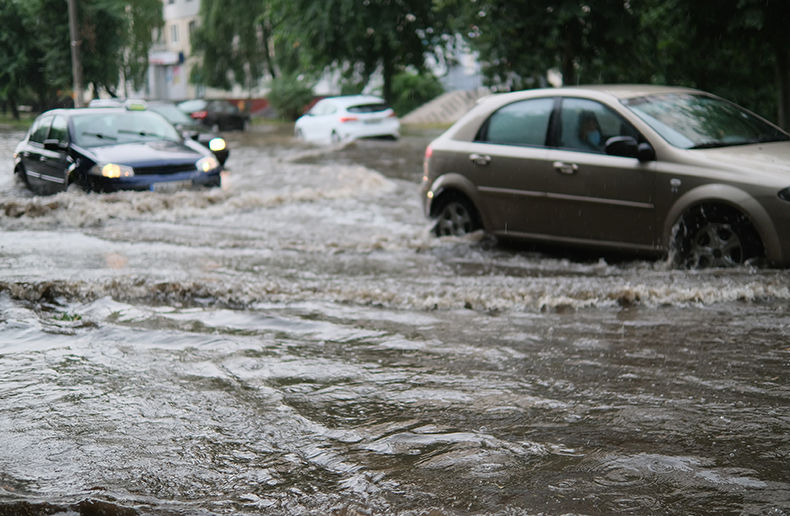Mid-September flooding resulting from exceptionally heavy rainfall in Central Europe, which broke local and national rainfall records over four days, has directly affected almost two million people, most severely in urban areas.
“While the rain was extremely heavy in many locations, the extent of the event, stretching across many countries, was exceptional,” say researchers from World Weather Attribution (WWA) studying the event. “To assess what extent human-induced climate change altered the likelihood and intensity of heavy precipitation leading to the severe flooding, researchers from Czechia, Poland, Austria, the Netherlands, Sweden, France and the UK undertook an attribution study on the event.”
Emergency management systems
The research from WWA states that emergency management systems worked well, lowering the number of fatalities reported (24 at the time of the report’s writing) relative to earlier floods in the region which killed 232 in 2002 and at least 100 in 1997. “They are also much lower than in Western European floods in 2021 when over 200 people lost their lives,” they write. The researchers attribute this success to the effectiveness of investments made in forecasting, early warning systems and forecast-based actions taken, including evacuations, flood defenses and pre-emptive water reservoir releases.
In their assessment of whether or not human-induced climate change influenced the heavy rainfall, the researchers found that heavy, four-day rainfall events have become twice as likely and 20 per cent more intense since the pre-industrial era.
“Under a future warming scenario where the global temperature is 2°C higher than pre-industrial levels, climate models predict even heavier four-day rainfall events with a further expected increase of about five per cent in rainfall intensity and a further 50 per cent increase in the likelihood compared to present day,” they warn. “These numbers are probably too low due to the underestimation of very heavy rainfall in available climate models.”







